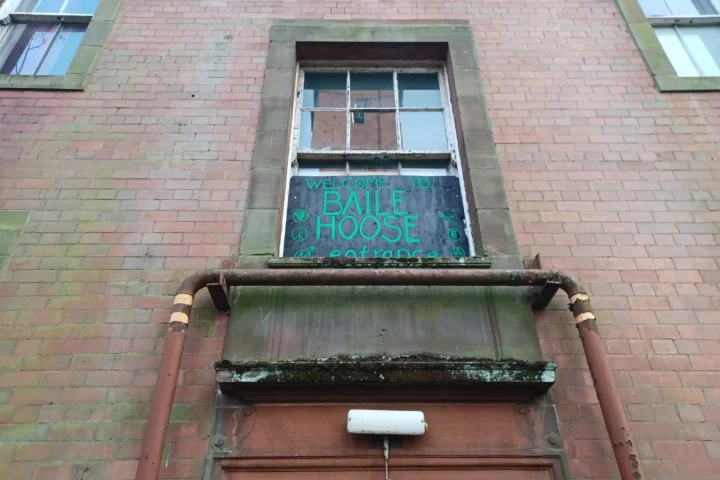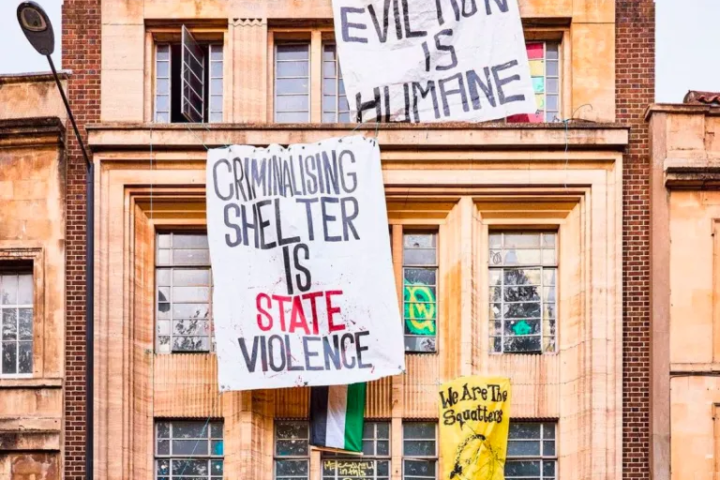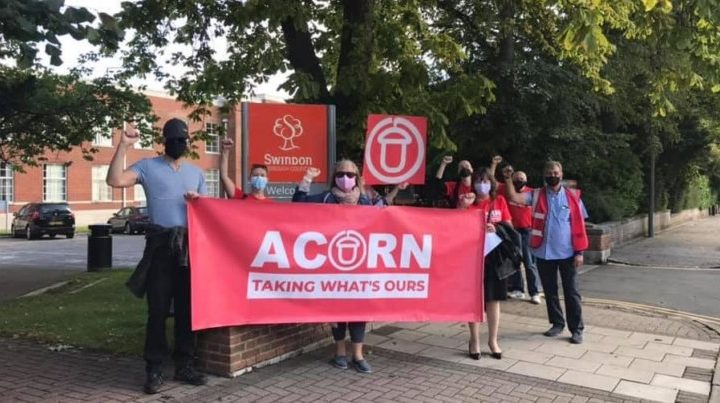This is the second article in a series covering local rent strikes from 1968-1974. Last issue covered the 1968 Speke and Childwall Valley rent strike, which saw up to 4,000 tenants across the city withhold their rent alongside instances of direct action, such as a sit-in, leading to a small reduction in the council’s rent increase. Tenants’ unions had sprung up across the city and were brought together by the Amalgamated Tenants Associations Co-ordinating Committee (ATACC).
By 1969 Merseyside’s general housing policy had shifted towards slum clearance alongside rehousing tenants outside of the inner city to prioritise “development”. At the time an area in Toxteth then called Abercromby, made up of Crown, Grove and Myrtle Streets, were residential areas owned, in part, by the University of Liverpool. Abercromby was in a genuinely slum-like state and was the poorest ward in Liverpool. The university was failing to rehouse tenants quickly enough or to carry out repairs.
The local Abercromby Tenants Association (ATA), at the time a handful of relatively affluent tenants, was flooded with the slum-dwellers and affiliated to the ATACC. At the time the ATA was effectively a single-issue group trying to get rehoused as quickly as possible.
In October 1968, tenants on one street agreed to a total rent strike. By March 1969, hundreds of tenants across 36 Abercromby streets were refusing to pay any rent at all.
“When a black flag bearing the words ‘no rent’ floats over a single slum, when streets are torn up and barricaded, when from the windows and roofs of the houses there comes a shower of hot water and storm of stones and brickbats, what can the police or bailiffs do?”
John Greaghe
The tenants found unusual allies in radicals from the university. Students, asking for nothing in return, provided them with a space to meet, drew attention to their living conditions in student papers along with an exhibition and even tested their water supply after one tenant overheard a local councillor talking of dangerously high levels of lead. University management attempted to pit students and tenants against each other by informing them that the other were communists. When the students were threatened with disciplinary proceedings, management backed down after a threat from the ATA.
The climax of the strike was on May 15th with the visit of Princess Alexandra for the opening of two new university buildings: Senate House and Oliver Lodge Physics Laboratory. The Princess had invited a representative of the ATA to attend the expensive ceremony, but they refused, and instead suggested she visited them at the “Slums of Vine Street”. On the day, tenants lined the streets, with houses decorated with slogans such as “we’ve got an open air loo, have you?” When Alexandra was supposed to be having a tour of one of the “nicer” houses, occupied by a royalist, the ATA’s secretary, Ethel Singleton confronted her. Meanwhile 400 students picketed Senate House with placards reading “slum landlord”. The strike went from being completely ignored by the press to becoming national news, being dubbed a “peasants revolt” by CBS in the United States.
In June 1969 the ATA was successful and the council agreed to prioritise rehousing the tenants. Furthermore the unpaid rent was effectively waived, so participants in the strike had saved 9 months worth of rent. In 1972 many of the rehoused tenants found themselves withholding rent again in opposition to the Housing Finance Act.




